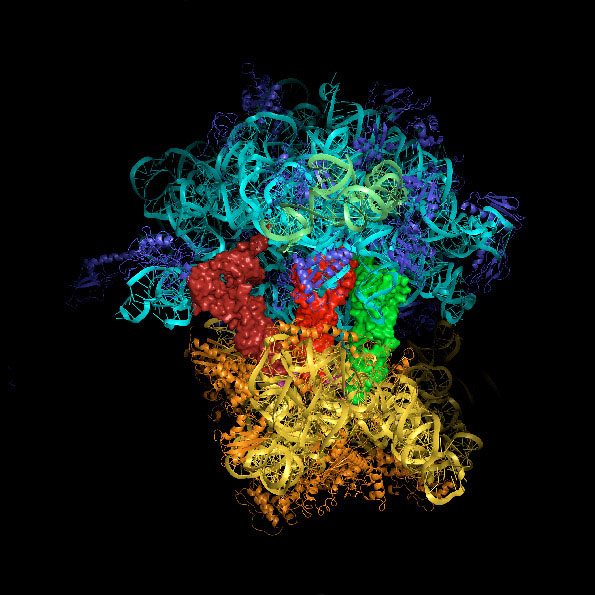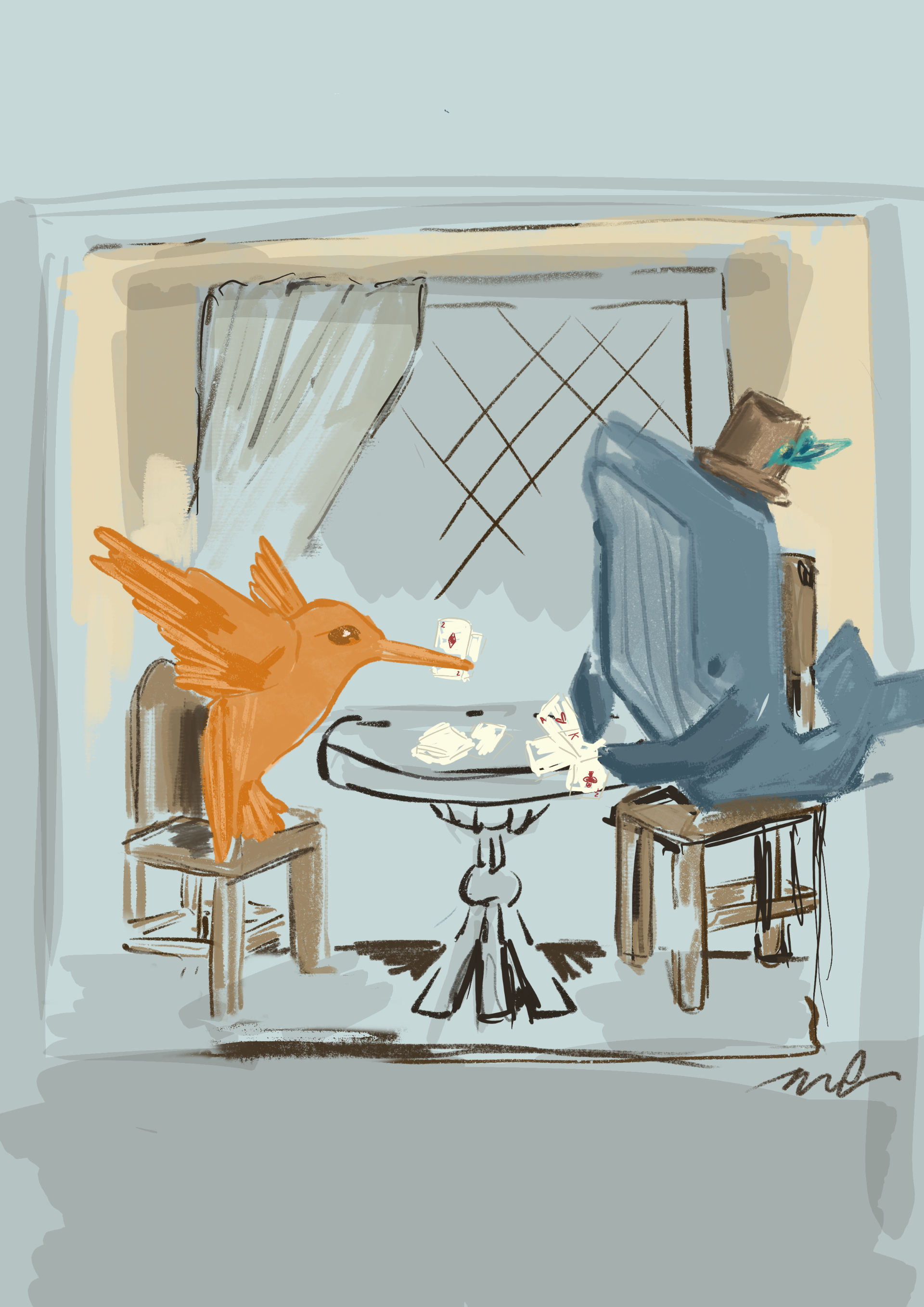Venki Ramakrishnan, President of the Royal Society and 2009 Nobel Prize winner, is already well known in the scientific community for his publications about the ribosome. What I wasn’t expecting however, was that his part-memoir, part-popular science book contained far more about the pace, people and progress of science than could ever be gleaned from a scientific document (irrespective of how high profile the journal it is published in is).

© MRC Laboratory of Molecular Biology
Ramakrishnan began his scientific life as a physics student in India, then moved to Illinois to complete his PhD with what he described as ‘a passable thesis’. He then underwent a drastic career change (and a number of geographical changes) moving from theoretical physics into what we now know as ribosome biology.
The letters DNA are familiar to most people, the mitochondria usually gets a ‘powerhouse of the cell’ quip, but the ribosome is often met with a quizzical ‘what does that one do again?’. Ramakrishnan’s answer to this question would be ‘it is the link between our genes and the proteins they specify, the ribosome lies at the very crossroads of life.’ The information encoded within the DNA of our cells, is first transcribed into mRNA, and then translated into protein. Proteins are responsible for almost everything that occurs within the cells of all living things: harnessing energy from food or light, facilitating shape, movement, oxygen transport, growth, development, death, and the list goes on. Ramakrishnan’s work seeks to unravel the secrets of the ribosome; in understanding its structure at an atomic level it is possible to understand more thoroughly how it does its job.
‘Gene Machine’ describes how Ramakrishnan began his structural studies with SANS (small angle neutron scattering), a technique that exploits the differential scattering abilities of different isotopes of the same element to visualise individual components of a single complex. On realising that SANS data lacked the detail he needed to gain clear insights into the ribosome’s structure, he switched tactics and began using a different technique: X-ray crystallography. A couple of cross-continental moves later, Ramakrishnan found himself running in a race to reveal the structure of the ribosome.
This race comprised of three main groups: Ada Yonath was a long-standing ribosome crystallographer, having first generated crystals of the 50S subunit of the ribosome in the 1980s. Peter Moore and Tom Steitz teamed up to tackle the structure of the 50S too. Ramakrishnan focussed on the smaller 30S subunit, thinking he’d be out of the way of the competition between the other two groups, this assumption did not last long.
In Ramakrishnan’s discussion on entering into direct competition with Yonath, he writes ‘nobody “owns” a problem in science. Once results are published, anyone is free to follow up on them and even compete with the original discoverers.’ Despite his self-assurance, one can feel the trepidation with which he enters a race in a field dominated for decades by a few individuals. Ramakrishnan later is referred to (and refers to himself) as the dark horse of the ribosome race. Science is a sticky business and can bring out warlike traits, but more often than not, these rivalries create heightened levels of determination, and generate results.
The flip-side to competition in research is collaboration. Ramakrishnan’s book meticulously pays homage to each and every individual who made some contribution to the overall shape and success of his work. He describes how in moving only one half of his lab team to Cambridge, while the others remained in Utah, a seven-hour shift in the working hours was introduced to the two subsections of his lab. This meant that experimental results from Cambridge sent in the UK evening were ready and waiting for analysis in the Utah morning. The planet literally aligned, and the team could work around the clock. The bonds, blood, sweat, and tears shared between Ramakrishnan and his lab members are evident through each carefully constructed fact file with which he introduces each person. Ramakrishnan describes ‘the year 1995 [as] a watershed for both the ribosome and me’. Just as his life is irrevocably intertwined with that of the ribosome, so is his life intertwined with each lab member, collaborator, and competitor who nailed their colours to the ribosome mast.
Science can often move in fits and starts with long periods of frustration, this was made clear throughout ‘Gene Machine’. Across only seven pages of the book, Ramakrishnan’s group successfully crystallised a heavy atom derivative of the 30S subunit, moved to a new country, visualised a key rRNA secondary structure (h44), placed known proteins on a map of the ribosome, wrote a paper to be published in Nature, and made it to a conference in Denmark in time to break the news to the rest of the ribosome community. This all happened between April and June of 1999; even with the assistance of a round-the-clock working day, this is no mean feat. Ramakrishnan writes with a frenzy which harks back to the manic euphoria with which his team worked at the time of these discoveries. I found myself on the edge of my seat while reading through this sequence of events.
Ramakrishnan closes his book with an epilogue which, after so much fervent story-telling, has an almost stoic stance. He writes that ‘some of us are fortunate enough to be the agents of important discoveries that would have been made anyway, sometimes not even that much later.’ Just as no one ‘owns’ a problem in science, he asks us to question to what extent anyone ‘owns’ a discovery. He puts down much of his success to being ‘at the right place at the right time’. With competitors hot on his tail, he considers how opportunity, help from others, and a dash of luck are often the key ingredients to a scientific breakthrough. His touching final line ‘it was exciting to be there while it happened’ says it all.

Copyright © Nobel Media AB 2009 Photo: Niclas Enberg
Featured image © MRC Laboratory of Molecular Biology





